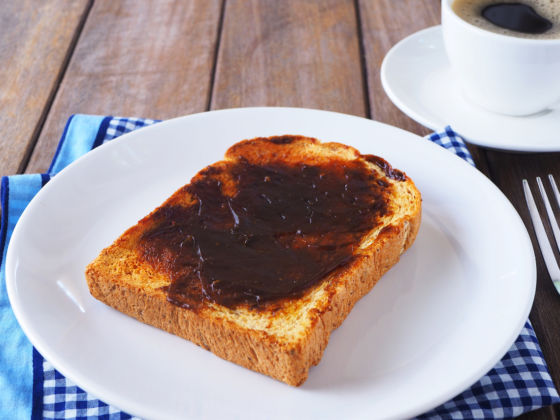Case study: “Plunger” vs. “French Press”
How do cage eggs, scones topped with clotted cream, toast spread with concentrated yeast extract, Digestives biscuits, and coffee pressed by a plunger sound for breakfast? To an American, these items sound more like a lineup of FDA rejects. Many Australians, however, gladly consume these products at brekkie. They may even flashback to childhood while eating some of these comfort foods.
